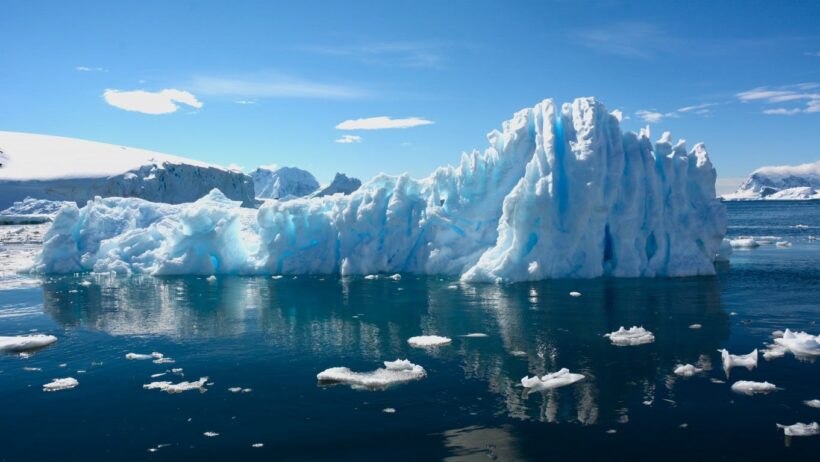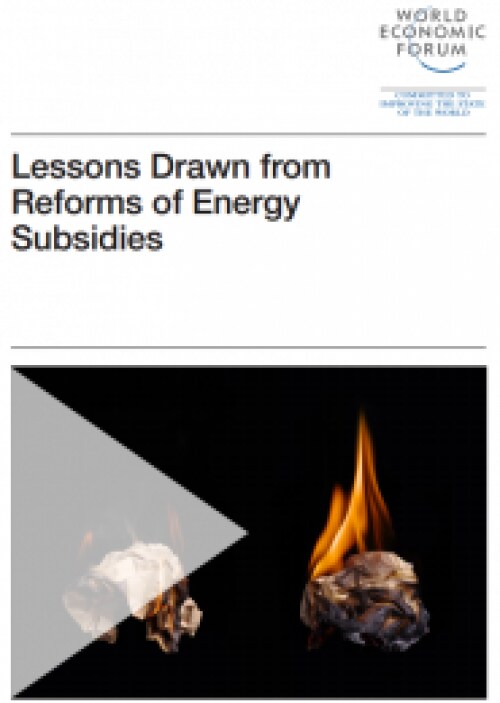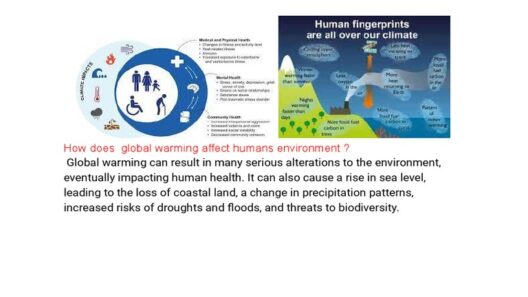Global warming presents a formidable challenge for humanity, raising the unsettling question: how long until global warming kills us all? This inquiry is not merely academic; it delves into the very essence of our existence. As the planet warms, the human toll escalates, manifesting in various dimensions ranging from health impacts to economic ramifications. This exploration uncovers the intricate web of consequences wrought by our changing climate.
The phenomenon of global warming is primarily induced by anthropogenic activities, notably the unabated combustion of fossil fuels, deforestation, and industrial emissions. These actions have elevated concentrations of greenhouse gases in the atmosphere, leading to a rise in Earth’s average temperature. As we ponder the timeline of potential catastrophe, it is essential to grasp the multiplicity of factors influencing the pace and magnitude of climate change effects.
One could ask: what exactly does this gradual warming entail for human society? The ramifications are profound and troubling. Rising ocean temperatures lead to the destabilization of marine ecosystems, whereas the melting of glaciers and polar ice caps contributes to rising sea levels. Predictions indicate that millions could be displaced by encroaching waters in the coming decades. Entire communities face existential threats as their homelands become uninhabitable. Can we, as a global society, navigate this lurking peril?
Health impacts are perhaps the most immediate concern. Heatwaves, once an occasional nuisance, are projected to become the norm in many regions as climate patterns shift. Mortality rates correlated with extreme heat are anticipated to escalate dramatically. Vulnerable populations—such as the elderly, the young, and those with pre-existing health conditions—will bear the brunt of these effects. Furthermore, the proliferation of vector-borne diseases, such as malaria and dengue fever, may lead to a resurgence of epidemics in regions formerly considered safe. Are we prepared to grapple with a landscape in which pandemics could become a catastrophic norm rather than an aberration?
Then, there are the socio-economic implications. Agriculture, the backbone of human sustenance, is under siege. Shifts in temperature and precipitation patterns adversely impact crop yields, threatening food security globally. Droughts will intensify in arid regions, while other areas may experience flooding, leading to a dual threat of scarcity and spoilage. The economic toll associated with these agricultural impacts could amount to trillions, straining economies already grappling with inequity. How will we balance the scales of prosperity while our very means of survival teeter on the precipice of collapse?
Water scarcity emerges as another pressing concern exacerbated by global warming. The freshwater sources that sustain life are diminishing due to alterations in rainfall patterns and the melting of glaciers. Regions traditionally reliant on glaciers for their water supply may find their reservoirs dwindling. This crisis threatens to ignite conflicts over resources, as populations vie for dwindling supplies. Will our civilization fragment under the strains of competition for life-giving water?
The interconnectedness of ecosystems underscores another layer of complexity. As species migrate in search of more hospitable climates, biodiversity suffers. The loss of species can lead to ecological upheaval, which directly impacts human well-being. Ecosystems provide essential services: pollination of crops, natural pest control, and carbon sequestration, among others. A decline in biodiversity jeopardizes these services, which, in turn, threatens food security and overall health. How do we reconcile our developmental aspirations with the imperative of conserving our planet’s intricate web of life?
While the questions arise, potential solutions are also beckoning. Initiatives aimed at reducing carbon emissions, transitioning to renewable energy sources, and fostering sustainable practices can curtail the trajectory of global warming. Individuals, communities, and governments have a crucial role in this endeavor. Innovations in technology, such as carbon capture and storage, offer hope. Enhanced agricultural practices can bolster food security while conserving water. Is it too late to implement these changes, or can collective action galvanize humanity towards resilience?
Education and awareness form the cornerstone of any effective response. As more individuals understand the implications of climate change, a groundswell of activism emerges. Engaging communities in discussions about sustainability and climate resilience can empower them to take meaningful action. Mobilizing for change at the grassroots level can create ripples of impact that culminate in systemic transformation. Are we willing to harness our collective power to combat our most pressing challenge?
In conclusion, while global warming poses a significant threat with potentially dire consequences, it is not an insurmountable challenge. Acknowledging the interplay of human actions and natural systems is essential to navigating the future. The ticking clock of climate change requires urgency and collaboration. As we contemplate the fate of humanity, one must ask: can we alter our trajectory before it is too late? The answer hinges not merely on scientific innovation but on the collective resolve of global society to prioritize our planet’s health. The human toll of global warming is not a question of inevitability; it is a clarion call for action that demands our immediate attention.







